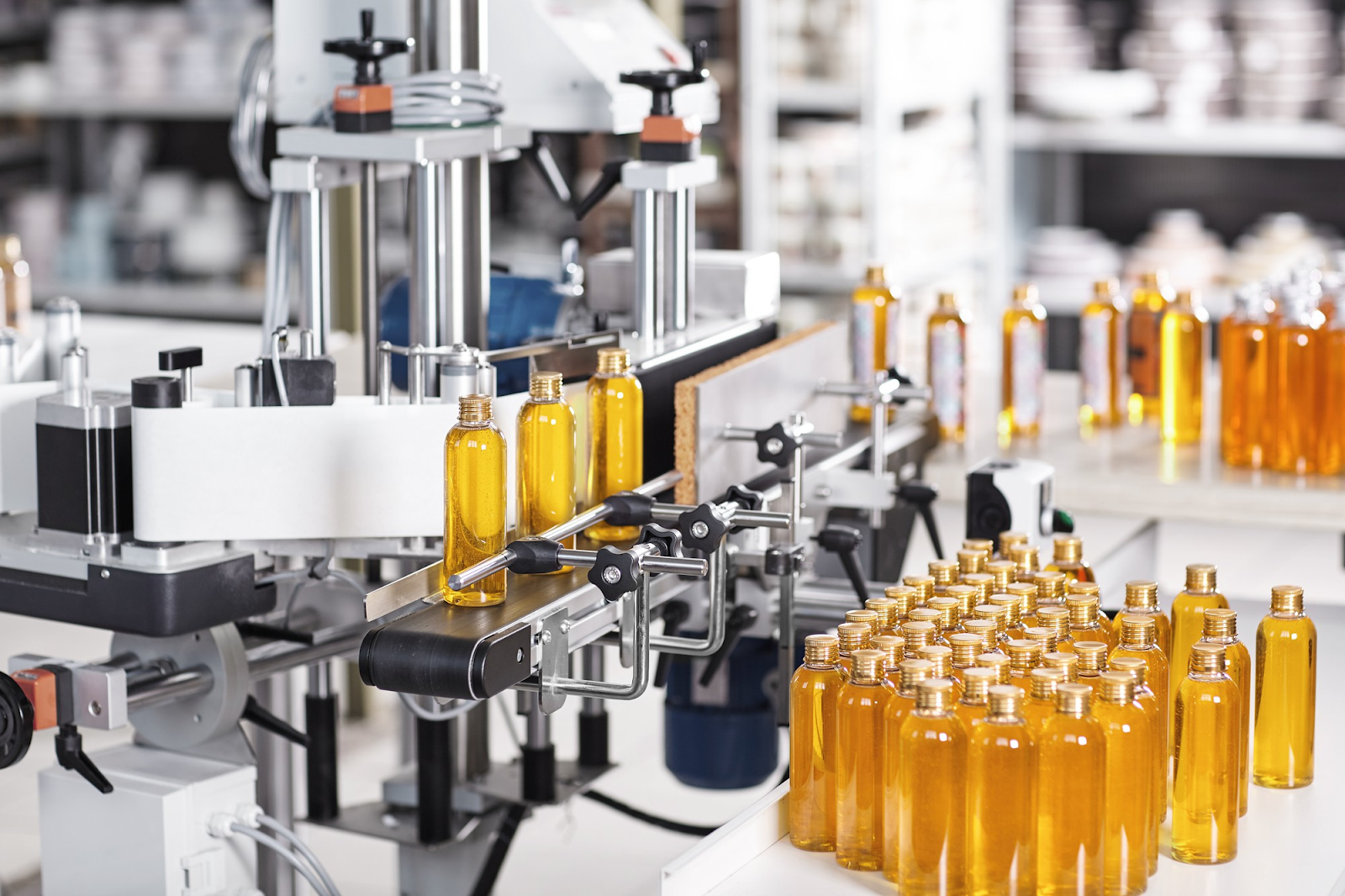If you are looking for ways to increase productivity in pharma manufacturing, but knowing where to start can be challenging. From compliance rules and equipment to staff training and the whole documentation headache, there are several moving pieces in pharmaceutical production. Here are some practical ways to improve productivity and achieve long-term success.
Optimize and Automate
Automation is one of the most innovative ways to bump up efficiency in pharma manufacturing. From weighing and stirring to filling, these repetitive tasks can be done faster by machines. In this way, you can get higher output in shorter timeframes.
Moreover, automation ensures accuracy during manufacturing. Mistakes in this industry are not just highly expensive but also dangerous. By implementing automation, you can lower the risk of human error, cut down on contamination chances, and ensure product quality.
Digitalize Data
Another tip to boost productivity is to digitalize the industry’s documentation. Digital systems fix a lot of those headaches. They not only reduce human errors, but they also make information accessible across teams and facilities.
If any issue occurs, the digital app can send instant notifications. Instead of chasing paper trails, staff can make real-time decisions.
Review Workflows
Efficiency is about reviewing how work gets done and trimming away the extra fluff. It can be done by identifying redundancies and streamlining the workflows.
This can open up capacity without additional investment as it reduces wasted time, wasted energy, and ultimately wasted money. Freeing up resources can help reallocate them to areas that really need the support. By analyzing operations, you can detect the pain points and opportunities for standardization. In this way, you can improve efficiency and reduce costs.
Pharmaceutical Facility Cleaning
Contamination is one of the fastest ways to derail an entire batch or even shut down production for days. A spotless environment isn’t just about appearances but it directly ties into safety, quality, and compliance.
Regular cleaning schedules, clear protocols, and trained staff help reduce the risk of cross-contamination or microbial growth. Even small lapses like dust build-up can end up costing a company thousands in wasted product and downtime. That is why it is important to ensure pharmaceutical facility cleaning for smooth workflow.
Training and Development
As automation and tech help, human expertise is still the backbone of pharma manufacturing. Training is about keeping employees engaged and motivated. When people feel valued and see opportunities to grow, they work smarter, not just harder. They’re more efficient, make fewer mistakes, and they tend to stick around longer.
Moreover, the regulatory agencies expect competent and efficient workflow to execute the production work. This makes the training crucial. By offering regular training and development is an investment in both productivity and retention.
Wrapping Up
It is not necessary to overhaul everything to boost the productivity. By focusing on automation, digitalization, workflow reviews, equipment maintenance, or workforce training, you can see improvements. It may seem overwhelming at first, but every step you take towards streamlining operations pays off in the long run.




